AnniZyme X
Why Enzymes are important for dairy animals ?
The increasing demand for milk requires integrated strategies to develop the animal production sector. The hardest problems which facing the developing of animal production sector in many countries is the wide gap between animal’s requirements and available feeds.
In addition, agricultural and agroindustrial activities produce thousands of tons of dry material by-products per year (Graminha et al., 2008). Although these residues are nutritious, a small portion is being used directly as feed or as components for industrially formulated cattle diets (Yang et al., 2001).
The problems of feeding agricultural by products (lignocellulosic materials) directly to farm animals are in general, low protein content, high crude fiber, low digestibility coefficients and containing some anti-nutrients factors such as tannins and alkaloids (Kholif et al., 2005). Thus, to increase digestibility of these agricultural residues, it is important to destroy the linkage between cellulose, hemicellulose and lignin.
Cellulose biodegradation by cellulases, produced by numerous microorganisms is very important in several agricultural and waste treatment processes (Hamer, 2003; Angenent et al., 2004Das and Singh, 2004; Haight, 2005; Murad et al., 2009; Azzaz, 2009). Recent advances in fermentation technology and biotechnology have allowed for production of large quantities of biologically active enzymes such as cellulases that can also be used as livestock feed supplements (McAllister et al., 2001).
Supplementing diets of farm animals with cellulases can improve feed utilization and animal performance by enhancing fiber degradation in vitro (Gado et al., 2007; El-Adawy et al., 2008; Rodrigues et al., 2008; Murad et al., 2009; Azzaz, 2009), in situ (Lewis et al., 1996; Tricarico et al.,
Cellulase
Cellulases are enzymes that break down the cellulose found in plant cell walls into simple sugars
Cellulase enzymes is to remove anti-nutritional factors that may be present in the grains or other fodders.
cellulases play an integral part in the animal feed industry.It can further be used as a positive effect on the gastrointestinal processes of the ruminants.
One of these important applications is supplementing diets of farm animals with cellulases to improve feed utilization and animal performance by enhancing fiber degradation. Dairy cows feed forge treated with a cellulase enzyme preparations ate more feed and produced 5-17 % more milk

Xylanase
Xylanase supplementation is a common practice in dairy animals to reduce intestinal viscosity and improve digestive utilization of nutrients.
Xylanase is an enzyme that helps break down β-1,4-linked backbone of arabinoxylans from cell walls, and it has been reported that its supplementation increases milk yield in lactating dairy cows.
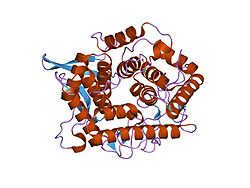
Protease
Protease enzymes are an important factor in protein digestion as they hydrolyze the less digestible proteins in animal feeds and break them down into more usable peptides.
Adding protease to animals’ diet delivers a number of benefits, including: Increased protein digestibility. Improved protein utilization by the animal.
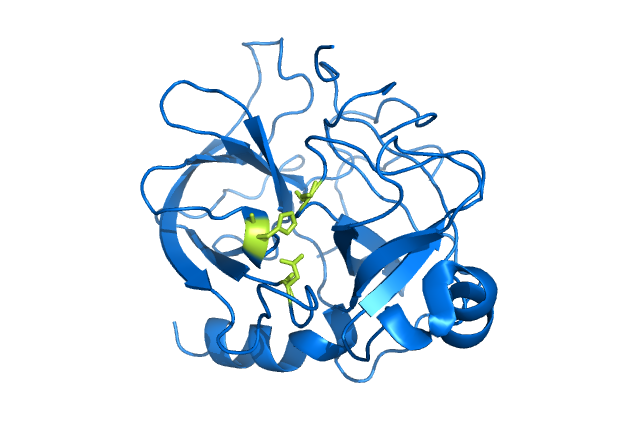
Amylase
Amylase addition increases starch ruminal digestion in first-lactation cows fed high and low starch diets.
Lipase
Lipase improves energy utilization rate and net energy value of feedstuff, production performance of animals, and anti-heat stress ability. As fat is a solvent of fat-soluble vitamin and pigment, it promotes absorption and utilization of such materials and help to put colour on, like animal skin, shank, yolk yellow.
Lipase is an enzyme that aids in fat hydrolysis, reducing human glycerol and thus fatty acid production. Lipase plays an important role in digestion by removing ester attachments from triglycerides.
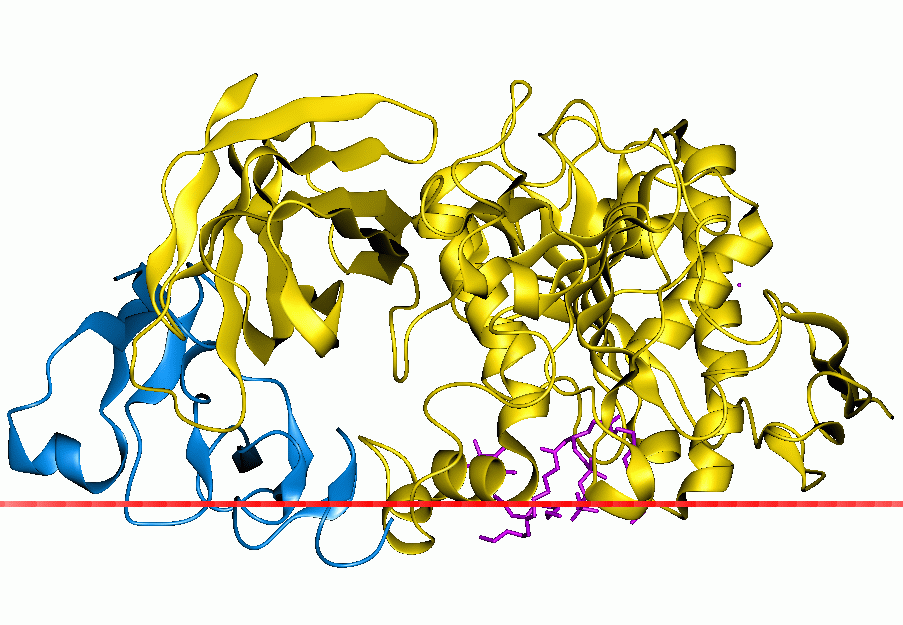
β-glucanase
β- Glucanase play a role in hydrolyzing 1, 3 and 1, 4 glycosidic bonds. It can break up β-glucan in the barley and cereal endosperm cell wall, reduce the effect of anti-nutritional factors, improve absorption of nutrients, feed conversion efficiency and animal growth performance.
β- Glucanase Cooperate with xylanase and cellulase, destroy the cell wall of plant, degrade β-glucan in wheat/barley diets, improve the absorption of nutrients and feed utilization efficiency.
β- Glucanase Reduce the viscosity of β-glucan, improve the ecological environment and morphology of animal digestive tract.
β- Glucanase Increase the activity of endogenous enzyme in animal intestinal tract.
β- Glucanase Change intestinal microbial flora and reduce the accumulation of harmful bacteria. Beta glucan enzyme also enhances immunity and improves growth performance of stock and poultry.

AnniZyme X
Combination of Heat and Rumen Stable AnniZyme X
Goal for Increasing profitability of dairy farmers to Improving Nutrients utilization from same DM is now possible
What is AnniZyme X ?
AnniZyme X is combination of Heat and Rumen stable enzymes which assist chemical reactions in the body. Although livestock’s gut microflora produces some enzymes, they do not all the enzymes in sufficient quantities to hydrolyze NSP, proteins or phytates to enable absorption of all nutrients.
AnniZyme X supplementation improves the quality of feedstuffs and livestock, resulting in higher profit margins.
AnniZyme X addition helps to produce more milk per kg DM at a much lower cost while improving the overall long-term health of the herd.
Vet costs and mortality rates also decline with the use of AnniZyme X supplements in animal feed.
How AnniZyme X Works?
Action of sucrase on sucrose
Sucrose binds to the active site on sucrase, and this puts stress on the bond between the 2 sugars that make up sucrose.
The bond breaks releasing glucose and fructose.
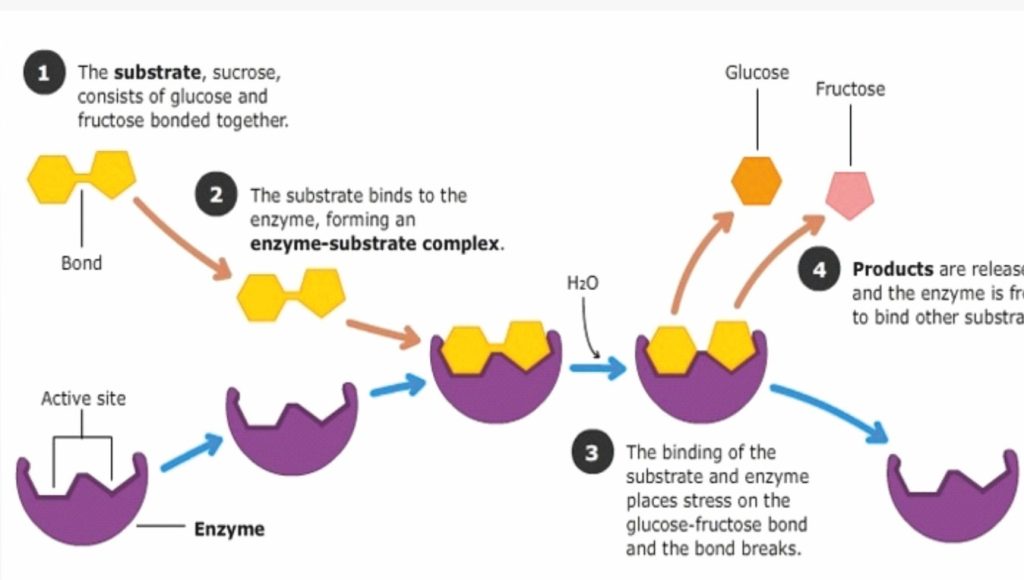
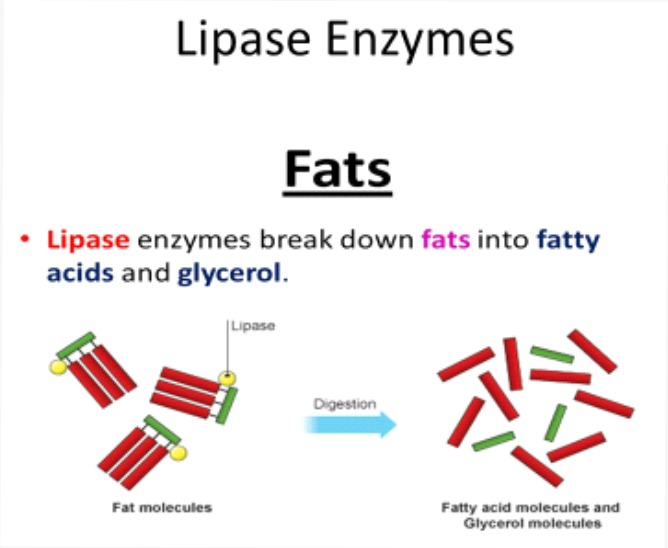
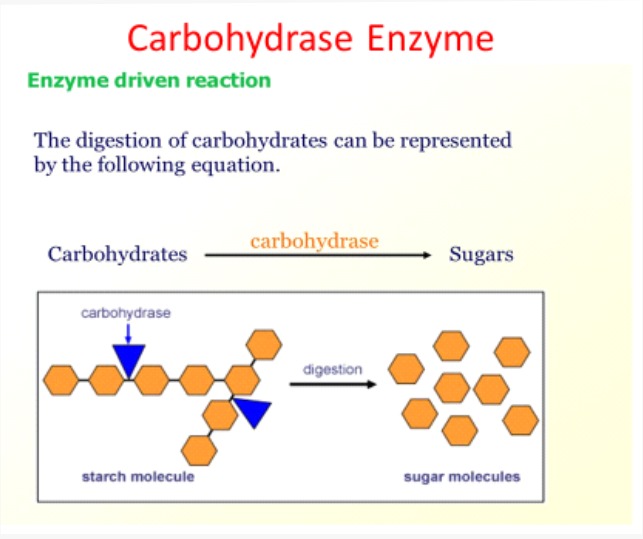
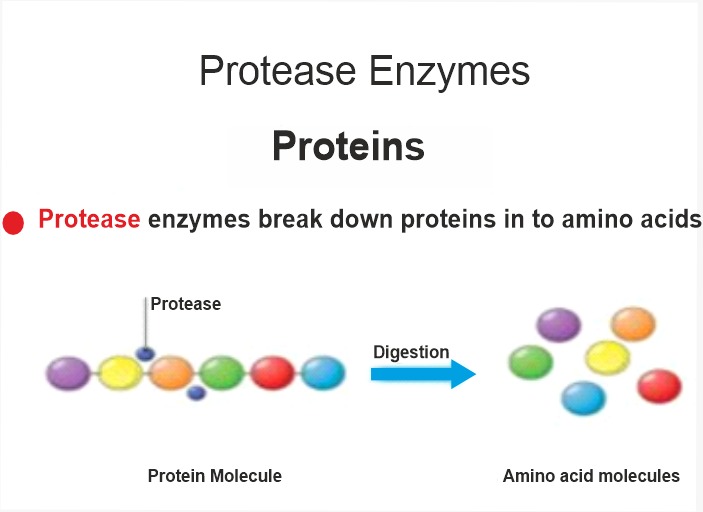
Benefits of AnniZyme X
- AnniZyme X can improve feed efficiency and reduce the cost of milk
- AnniZyme X enhance forage digestion, feed efficiency and income over feed costs.
Long Term Benefits of AnniZyme X
Strengthens –
- Immune system.
- Minimize Nutritional metabolic disease.
- Minimize digestive disorders.
- Minimize Heat stress.
Composition
- Xylanase
- Cellulase
- Amylase
- Protease
- Lipase
- β-Glucanase
- Pectinase
- Phytase
- Mananase
- Gluco-amylase
Inclusions:
For Top Dressing – 5 gram /animal/day.
For Cattle feed- 500 gram/Tonn of feed.
Or As Recommended by Nutritionist.
Available Packing:
Available Packing – 25 kg HDPE Drum
Storage-
Store in a dry place and away from sunlight.
